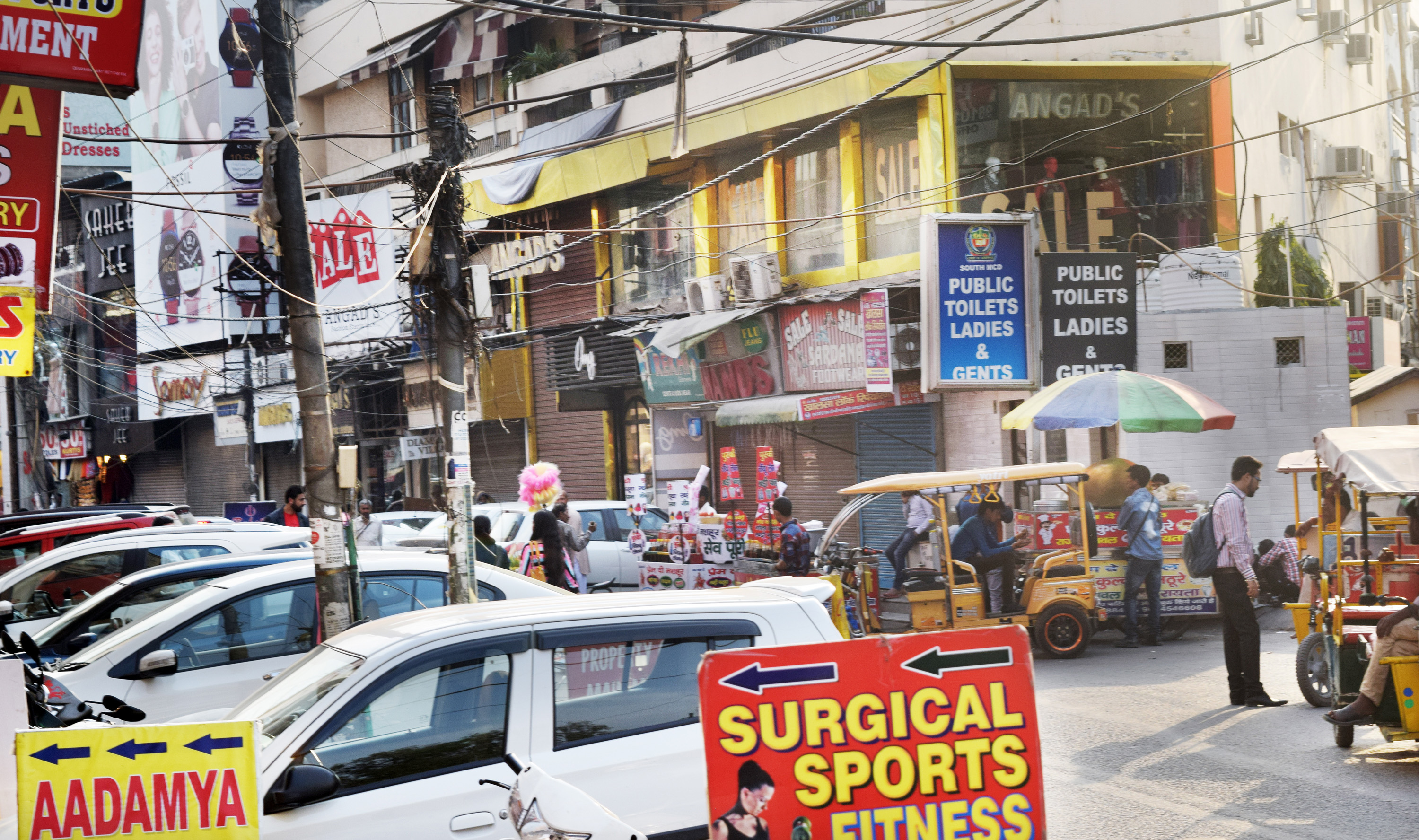There is an abysmal lack of public toilets for women in Delhi, making them vulnerable to sexual assault, The Sunday Guardian’s investigation across city, particular ly in Rajouri Garden, Ajmeri Gate, Lakshmi Nagar, Kamala Nagar and Karol Bagh, revealed.
At present, there are only 300 women public toilets—many of them dysfunctional—in 10 out of the 12 zones of the Municipal Corporation of Delhi. The number of public toilets for men, however, is 4,000.
When contacted, the MCD officials refrained from commenting on the non-functional women’s public toilets, saying they do not have any data available on the same. They asked this reporter to talk to Devendra Kumar, director
However, AAP MLA Rakesh Kumar in Himmatgarh claimed, “The MCD is bankrupt. When it can’t sustain its employees, how do you expect it to maintain the toilet complexes across the city?”
In 2016, the Delhi government had hiked the budget allocation of municipal corporations by Rs 1,000 crore to Rs 6,919 crore, but public toilets for women remain in a sorry state.
In order to attract the government’s attention to this grave problem, ActionAid India started a campaign last year called “where to pee”. “The situation is very alarming and even the existing women’s toilets are poorly maintained with no electricity or water, broken doors, clogged sewerage. We came across several instances of sexual harassment faced by women when they used the toilets,” said Barsha Chakroborty, manager-campaigns, ActionAid India. According to UNICEF, around 50% of rapes happen when women go out to defecate or urinate.
Across the city, sales girls and female shoppers in bustling market areas complained about the lack of urinals.
“There is only one toilet for women in the entire market and it lacks privacy. We mostly go to the toilet in the gurudwara behind the market. But going there late in the evening doesn’t feel safe,” said Sania, who works in a women’s apparels store in Rajouri Garden.
In Karol Bagh, a shopper, under the condition of anonymity, said: “Around 6-7 months ago, I was shopping in Palika Bazar and went to use the women’s toilet in one of the toilet complexes. When I came out there was a group of drunken young men who started whistling and passed rude comments. I quickly ran away from the spot,” she said.
The Sunday Guardian further learnt that the toilets meant for women are used by men as well. But Vijay, the caretaker of a women’s toilet at Himmatgarh Chowk near Ajmeri Gate, expressed his helplessness: “These men are rowdy and if I stop them they’ll beat me.”
The caretaker of an MCD community toilet in G Block of Jahangirpuri, is accused of frequently inviting his friends over drinks to his room, which is at the entrance of the toilet complex.
“Every other night there are men sitting and drinking alcohol at the entrance of the complex. When I am not sure of using the toilet at night, how can a woman use it?” asked a cigarette vendor, who did not wish to be named.
The women in Jahangirpuri complained about the risks involved in relieving themselves in the open. “We risk our dignity and security every time we go to defecate or relieve ourselves. We once wrote a letter to Kapil Sibal, but he is too deaf to listen to us,” said 50-year-old Aisha Biwi.
Jahangirpuri has four toilet complexes. However, one of the complexes has been shut down and its compound wall reads: ‘”This toilet is dangerous, don’t use it.”
The other toilet complexes were in a miserable condition, with broken doors, beetle stains on the walls and sewerage blocked with faeces. Women complained of incidences of groping and eve-teasing. There have been cases of men being assaulted too.
Across the city, sales girls and female shoppers in bustling market areas complained about the lack of urinals.
“Leave women, men aren’t safe in these toilets. Women are groped and men are robbed, that’s how it is in Jahangirpuri,” said Siraj Ali, a local resident.
Jahangirpuri MLA Pawan Sharma of AAP remained unavailable for comment.
Experts believe that despite programmes being run by the government, international development agencies and NGOs to eradicate open defecation or ensure safe public spheres for women, nothing substantial has been achieved.
“We have exhausted so much money and human resource but we have failed to ascertain arrangement for something as basic as defecation for the women in the country,” said K.J. Rajeev, Director Programmes, Water-Aid.
In Delhi, the responsibility for the construction of toilets is divided among DUSIB, MCD and Sulabh International. However, there is no clear data on functional and dysfunctional toilets with the MCD.
“Getting data is an issue. Even the toilet aggregator apps have struggled to collect data. We have filed an RTI and are still waiting for the response,” Barsha noted.
There is also no data on the number of toilets constructed through funds released by the state government or the Union government.

